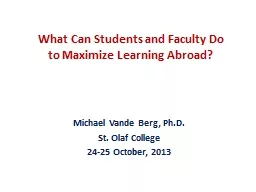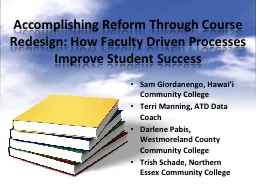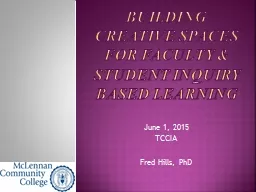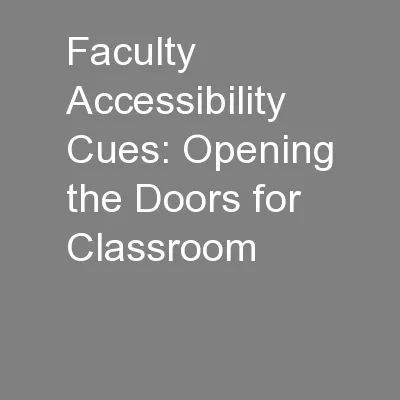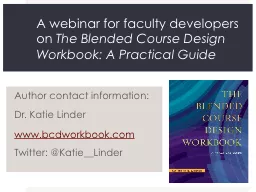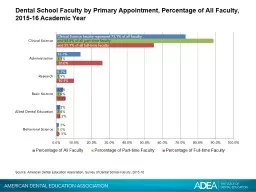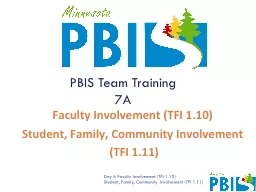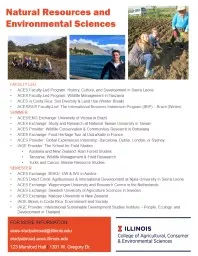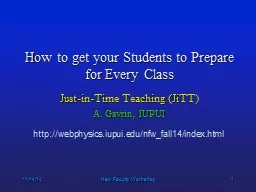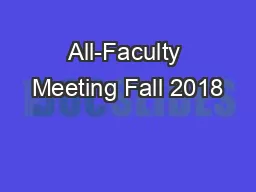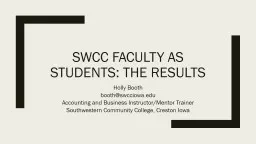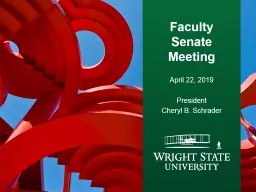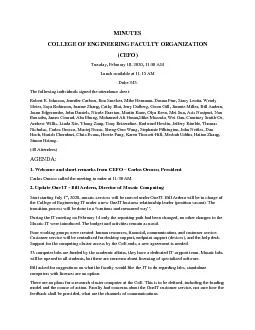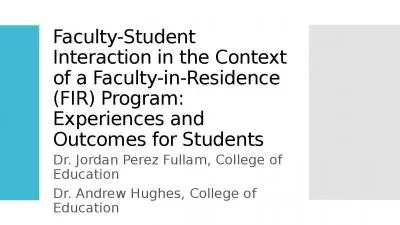PPT-What Can Students and Faculty Do
Author : kittie-lecroy | Published Date : 2016-02-20
to Maximize Learning Abroad Michael Vande Berg PhD St Olaf College 2425 October 2013 Three dominant narratives Our communitys stories about learning across cultural
Presentation Embed Code
Download Presentation
Download Presentation The PPT/PDF document "What Can Students and Faculty Do" is the property of its rightful owner. Permission is granted to download and print the materials on this website for personal, non-commercial use only, and to display it on your personal computer provided you do not modify the materials and that you retain all copyright notices contained in the materials. By downloading content from our website, you accept the terms of this agreement.
What Can Students and Faculty Do: Transcript
Download Rules Of Document
"What Can Students and Faculty Do"The content belongs to its owner. You may download and print it for personal use, without modification, and keep all copyright notices. By downloading, you agree to these terms.
Related Documents

